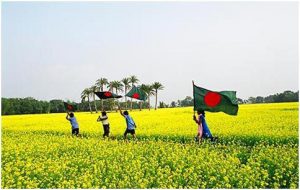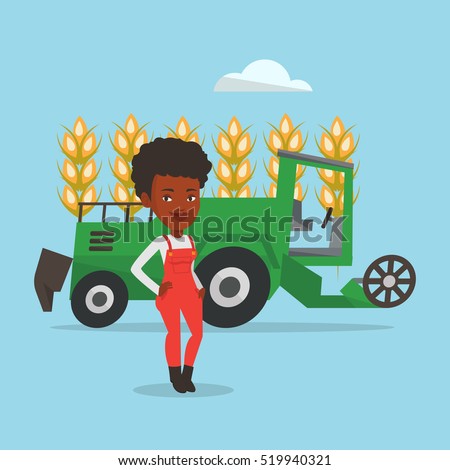“Warming has effects on the carbon cycle. It creates a vicious circle which aggravates the situation even more, affecting the availability of essential resources like drinking water, energy and agricultural production in warmer regions, and leading to the extinction of part of the planet’s biodiversity. The melting in the polar ice caps and in high altitude plains can lead to the dangerous release of methane gas, while the decomposition of frozen organic material can further increase the emission of carbon dioxide.”
From who do you think this statement came from? Personally, if I didn’t already know, I would have figured this statement came directly from the mouth of a scientist, warning about the future of our planet. Even better, it would be a concerned global leader. I was quite stunned to realize that these were words of the pope, written out in his statement concerning the state of Earth’s climate, called Laudato Si.
In light of the weak obviously weak rhetoric of the Paris Agreement, I admire the Pope’s clear stance on climate change , as well as other pressing issues like pollution on a global scale. While the language is overall a bit verbose, it is much more dense with useful, constructive content, than the wishy washy language present in the Paris Agreement. The Pope addresses the duties of not only the governments of powerful nations to take initiative to save our planet, but also addresses the people on a personal level. This is what I admired about the Laudato Si – it can be read by everyone, and no one will not feel a sense of obligation after reading it. The eco media challenge that we did no too long ago fits in fairly nicely with what the Pope would perhaps admire – I can imagine my picture with a recycling bin during the challenge would be in line with the Pope’s hopes that the public can change their overall mindset of consumption to help create a future that is sustainable for our planet. My picture with the hybrid (Prius) goes in accordance with the Pope’s earnest hopes to help curb pollution in our planet.


To wrap up this blog post, it only seems fitting to end with a great quote by the pope himself : “The climate is a common good, belonging to all and meant for all.”
Laudato Si’ (24 May 2015) | Francis. N.p., n.d. Web. 04 May 2017.




